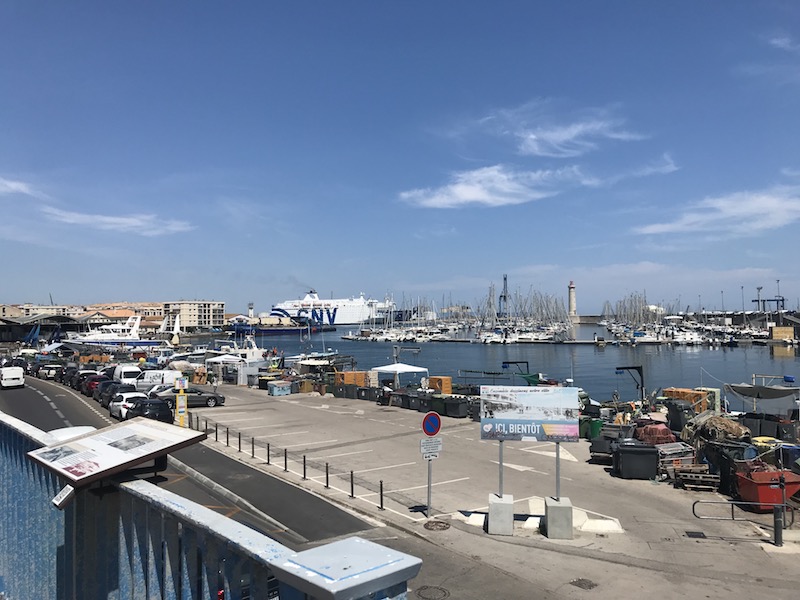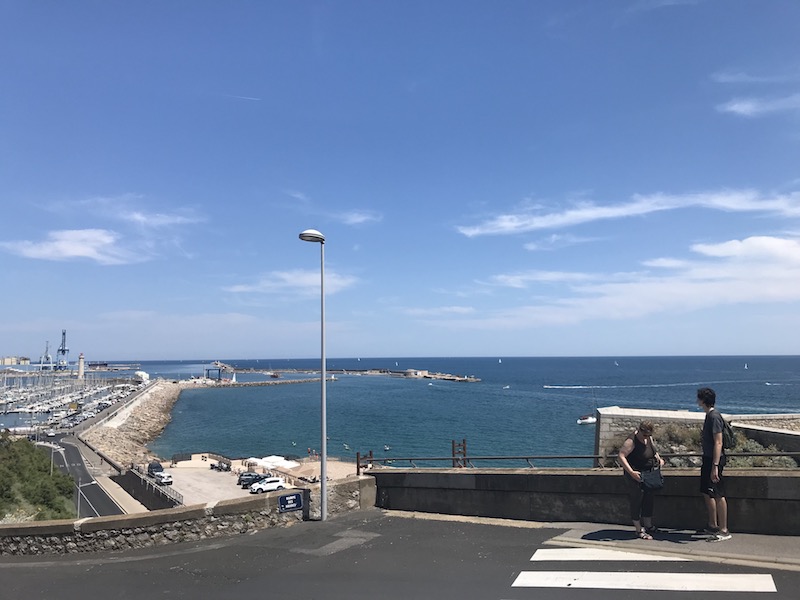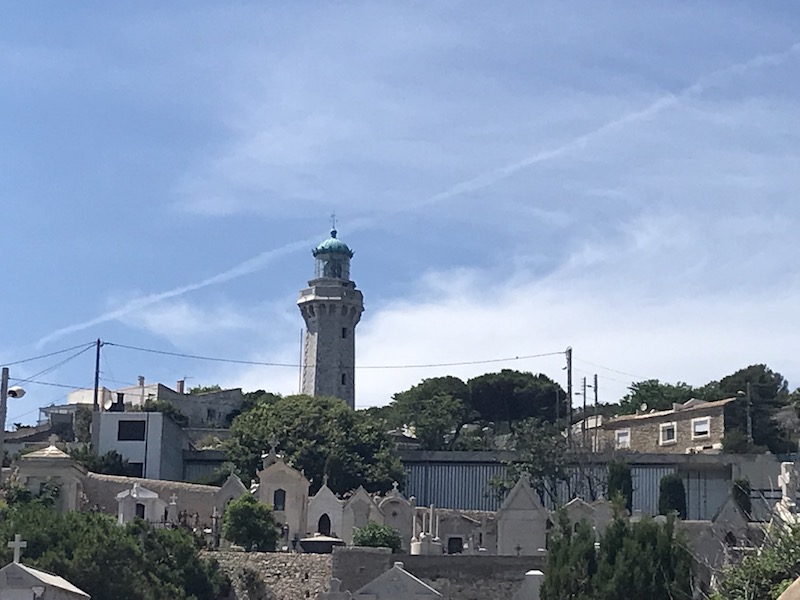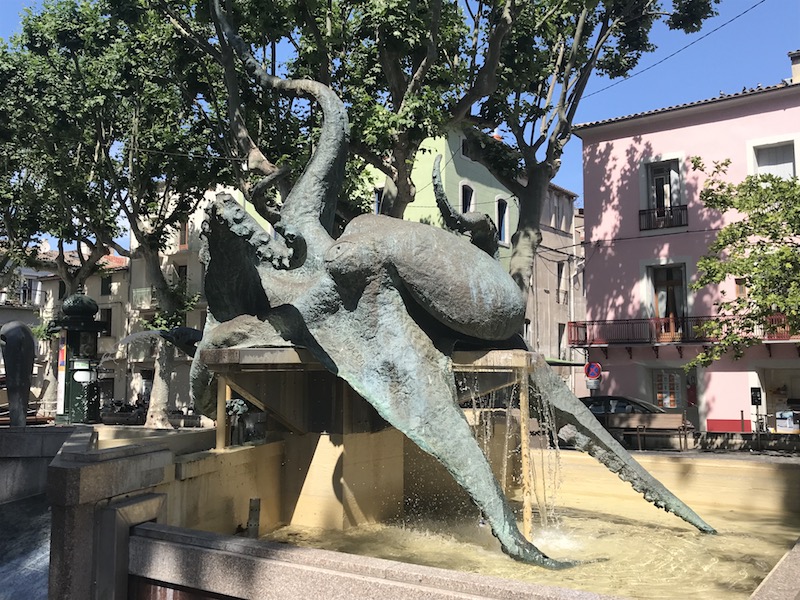Our Blog - Sète, France
We've heard lots of people talk about how nice the town of Sète was, which sits right on the Mediterranean, and so we stopped by on this trip as we were coming back home. It seems to be the start (or end) of the Canal du Midi, which runs through Toulouse near our apartment. It is sometimes nicknamed the "Venice of the Languedoc" because there are several canals that criss-cross the town. It sits basically between the Mediterranean and the Thau lagoon, where they have quite a few oyster farms. It is a very "touristy" town during the summer and the tourist office has been named a "4-star" establishment, although personally, I was NOT impressed. The information for the sites in the centre ville were less than satisfactory for me. A point of trivia: Sète is a centre of water jousting, and hosts a major tournament during the town festival, the St-Louis, in August.
The Phare Saint-Louis (the Saint-Louis lighthouse) sits at the end of a 650 meter-long breakwater. It was built around 1680 and then rebuilt in 1948 after being destroyed by the German army in 1944. It sits at the openings to a channel where small boats can make their way into the canals.


Following the attempted invasion by the English in 1710, a series of fortifications were built to protect the town. Fort Saint Pierre was built between 1743 and 1746 on a cliff where the town could be protected. In the second picture, you can see the very edge of the fort (behind the 2 people on the right-side) and the port and canal entrances behind, so you can get an idea of how the location was perfect to defend the city. Eventually, it was no longer needed for defense and was used as a barracks, and then a prison, and then a military hospital. In 1944, it was seriously damaged by the Germans. In 1970, it was rebuilt as a theatre, now known as the Theater of the Sea.



The main part of Sète is an island with a tall hill in the middle. At the top of that hill is the Phare Mont-Saint-Clair. It isn't that old, being built from 1900-1903. Originally, it operated on petroleum steam but was changed to electricity in 1938. There are a few sites to see up on the hill, and supposedly amazing views, but it was quite hot the day we were there are decided not to make the trek up the hill with Lucy.

In the middle of Place Leon Blum is a unique octopus fountain. In 1985, the mayor of Sète decided he wanted to transform what had been a dark, overgrown parking lot into a place where people could meet and relax. The large fountain featuring an octopus was done by the artist Pierre Nocca. Today the area is known as the "Place du Pouffre" (pouffre means octopus in the local Sète dialect). I did a bit of research on this and the artist has a nice website where they describe the logic and symbolism in the fountain. The description is that the artist "placed an octopus, a cephalopod, at the top of the fountain over the bubbling water. The octopus symbolizes reason. One arm of the octopus is raised up in warning. This is a reminder that the mind acts as the master over the effervescent water of life. Set before the octopus is a group of frolicking dolphins, which are the heraldic animals of Sète and here symbolize intuition. The grouping uses humanistic symbolism to evince the principles of good government: a blend of reason and intuition. With its other arms, the octopus embraces the granite basin of the fountain, whose lines run through the entire surface of the cobblestone square. These lines make up a dodecahedron, a platonic body representing the universe". There is a *LOT* there .... I thought it was just a really cool-looking fountain!

